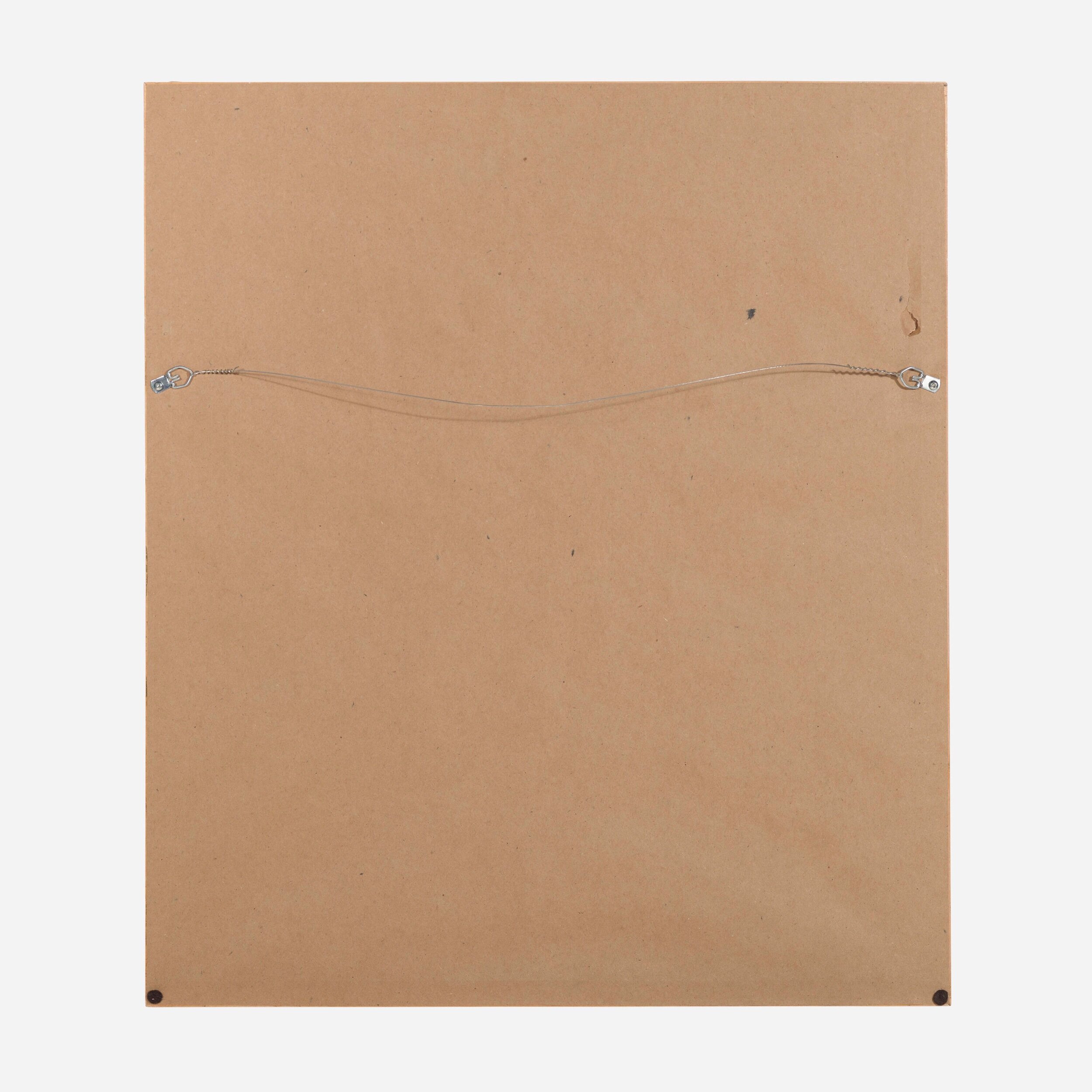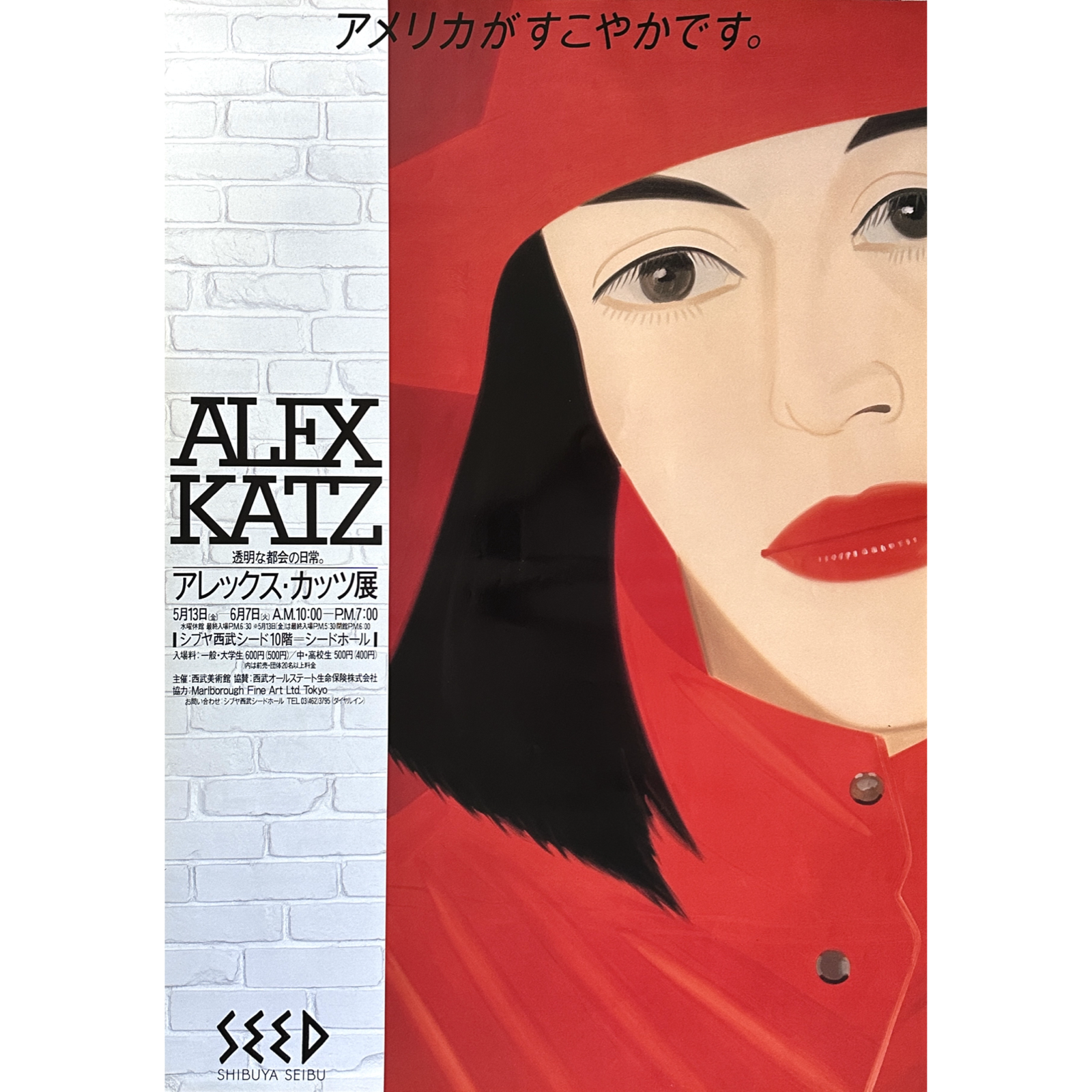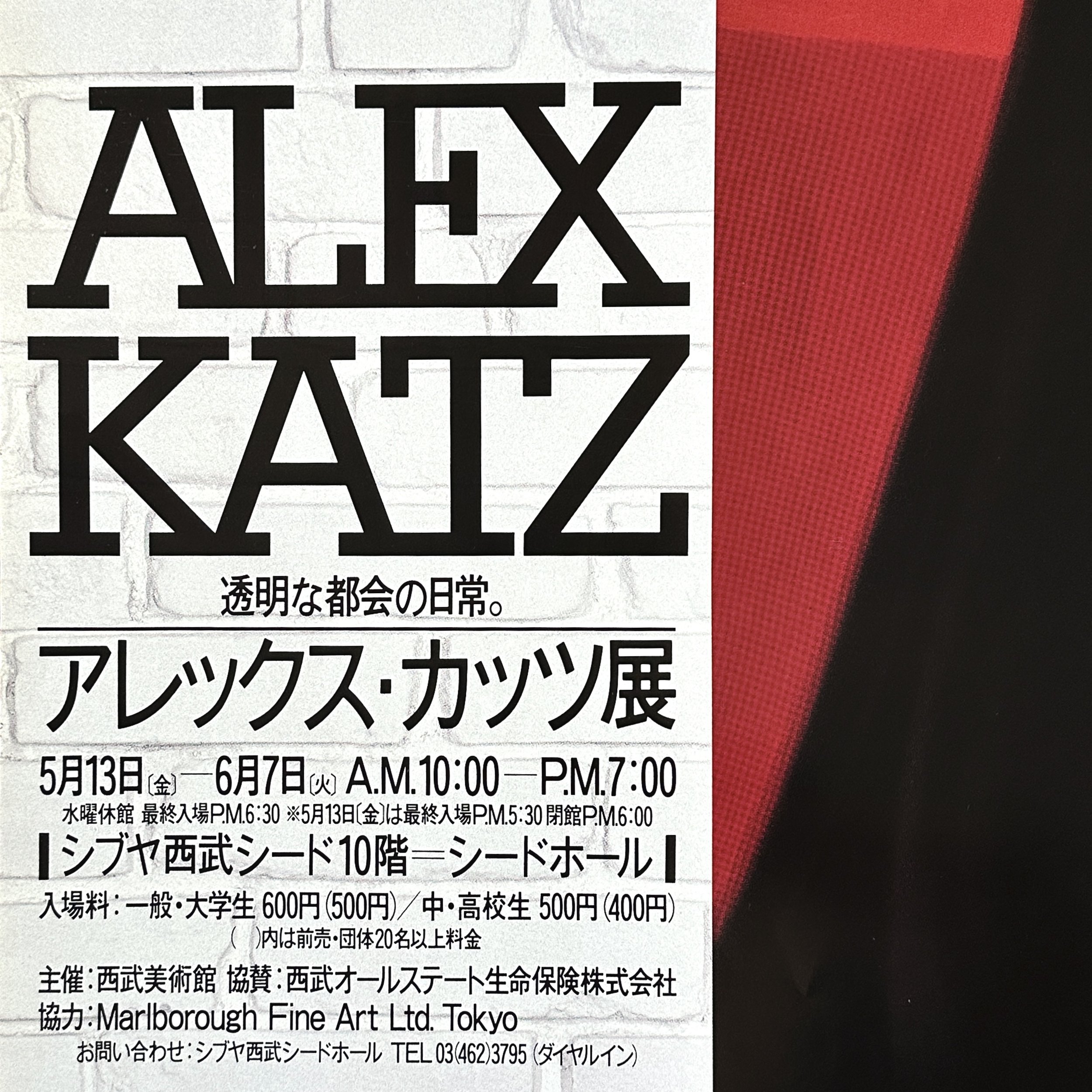 Image 1 of 10
Image 1 of 10

 Image 2 of 10
Image 2 of 10

 Image 3 of 10
Image 3 of 10

 Image 4 of 10
Image 4 of 10

 Image 5 of 10
Image 5 of 10

 Image 6 of 10
Image 6 of 10

 Image 7 of 10
Image 7 of 10

 Image 8 of 10
Image 8 of 10

 Image 9 of 10
Image 9 of 10

 Image 10 of 10
Image 10 of 10











Franz Von Stuck (1863-1928) - Die Sinnlichkeit, Signed (1891, Etching on Wove Paper)
Franz Von Stuck: Die Sinnlichkeit, Signed (1891, Etching on Wove Paper). 1891 etching by Von Stuck after the painting by the same name. Signed in pencil in the lower right corner. Signed in plate in the center left quadrant of image. Deep dark black impression. Housed under UV filtering glass in a hand carved gold leaf Secessionist style frame with a beveled archival matte. In very good condition. Normal wear is present on the frame with areas of the red underpainting coming through the gold leaf. Print appears to be in excellent condition. Print has not been inspected outside of frame.
Platemark: 8 1/4 x 6 3/4 in
Image size: 6-1/16 x 5-3/8 in
Frame: 25 3/4 x 22.25 in
Catalogue Raisonné: Danzker and Hardtwig (1997) no. 47
Provenance: Rago Arts Auction
Von Stuck (1863–1928) was educated in Munich at the Kunstgewerbeschule and the Akademie der Bildenden Künste, training in both fine and applied arts. He stepped away from his academic training, using a traditional style but portraying haunting, symbolic scenes relating to psychology, sexuality and spirituality. The female figure bound by a snake is a repeated motif, present in paintings like The Sin, 1893, now at the Neue Pinakothek, Munich, Inferno, 1908, at the Metropolitan Museum of Art, New York and an oil version of the current lot, Die Sinnlichkeit, or The Sensuality sold Christie's, London, 2010. Scholars have debated the meaning behind the snake, which is cited as a reference to the temptation of Eve, evil's hold over mankind, or the concept of the femme fatale.
An October 6, 2014 Sotheby's auction note about the von Stuck subject: "With the bodies of Eve and the snake entwined, their cool skin in close contact, each empowers the other to brazenly confront the viewer. His representation of Eve as femme fatale could not be more different from the grief stricken and shamed figure depicted in Masaccio’s Expulsion from the Garden but is closer to his peer Max Klinger’s clever rendering of 'Eva und die Zukunft,' 1898, in which the snake holds a mirror for Eve, as if to reveal to her a truer self.... Stuck’s Eve, and by extension Stuck demands that the viewer complicate and question their conception of sin itself.
Franz Von Stuck: Die Sinnlichkeit, Signed (1891, Etching on Wove Paper). 1891 etching by Von Stuck after the painting by the same name. Signed in pencil in the lower right corner. Signed in plate in the center left quadrant of image. Deep dark black impression. Housed under UV filtering glass in a hand carved gold leaf Secessionist style frame with a beveled archival matte. In very good condition. Normal wear is present on the frame with areas of the red underpainting coming through the gold leaf. Print appears to be in excellent condition. Print has not been inspected outside of frame.
Platemark: 8 1/4 x 6 3/4 in
Image size: 6-1/16 x 5-3/8 in
Frame: 25 3/4 x 22.25 in
Catalogue Raisonné: Danzker and Hardtwig (1997) no. 47
Provenance: Rago Arts Auction
Von Stuck (1863–1928) was educated in Munich at the Kunstgewerbeschule and the Akademie der Bildenden Künste, training in both fine and applied arts. He stepped away from his academic training, using a traditional style but portraying haunting, symbolic scenes relating to psychology, sexuality and spirituality. The female figure bound by a snake is a repeated motif, present in paintings like The Sin, 1893, now at the Neue Pinakothek, Munich, Inferno, 1908, at the Metropolitan Museum of Art, New York and an oil version of the current lot, Die Sinnlichkeit, or The Sensuality sold Christie's, London, 2010. Scholars have debated the meaning behind the snake, which is cited as a reference to the temptation of Eve, evil's hold over mankind, or the concept of the femme fatale.
An October 6, 2014 Sotheby's auction note about the von Stuck subject: "With the bodies of Eve and the snake entwined, their cool skin in close contact, each empowers the other to brazenly confront the viewer. His representation of Eve as femme fatale could not be more different from the grief stricken and shamed figure depicted in Masaccio’s Expulsion from the Garden but is closer to his peer Max Klinger’s clever rendering of 'Eva und die Zukunft,' 1898, in which the snake holds a mirror for Eve, as if to reveal to her a truer self.... Stuck’s Eve, and by extension Stuck demands that the viewer complicate and question their conception of sin itself.
Franz Von Stuck: Die Sinnlichkeit, Signed (1891, Etching on Wove Paper). 1891 etching by Von Stuck after the painting by the same name. Signed in pencil in the lower right corner. Signed in plate in the center left quadrant of image. Deep dark black impression. Housed under UV filtering glass in a hand carved gold leaf Secessionist style frame with a beveled archival matte. In very good condition. Normal wear is present on the frame with areas of the red underpainting coming through the gold leaf. Print appears to be in excellent condition. Print has not been inspected outside of frame.
Platemark: 8 1/4 x 6 3/4 in
Image size: 6-1/16 x 5-3/8 in
Frame: 25 3/4 x 22.25 in
Catalogue Raisonné: Danzker and Hardtwig (1997) no. 47
Provenance: Rago Arts Auction
Von Stuck (1863–1928) was educated in Munich at the Kunstgewerbeschule and the Akademie der Bildenden Künste, training in both fine and applied arts. He stepped away from his academic training, using a traditional style but portraying haunting, symbolic scenes relating to psychology, sexuality and spirituality. The female figure bound by a snake is a repeated motif, present in paintings like The Sin, 1893, now at the Neue Pinakothek, Munich, Inferno, 1908, at the Metropolitan Museum of Art, New York and an oil version of the current lot, Die Sinnlichkeit, or The Sensuality sold Christie's, London, 2010. Scholars have debated the meaning behind the snake, which is cited as a reference to the temptation of Eve, evil's hold over mankind, or the concept of the femme fatale.
An October 6, 2014 Sotheby's auction note about the von Stuck subject: "With the bodies of Eve and the snake entwined, their cool skin in close contact, each empowers the other to brazenly confront the viewer. His representation of Eve as femme fatale could not be more different from the grief stricken and shamed figure depicted in Masaccio’s Expulsion from the Garden but is closer to his peer Max Klinger’s clever rendering of 'Eva und die Zukunft,' 1898, in which the snake holds a mirror for Eve, as if to reveal to her a truer self.... Stuck’s Eve, and by extension Stuck demands that the viewer complicate and question their conception of sin itself.








